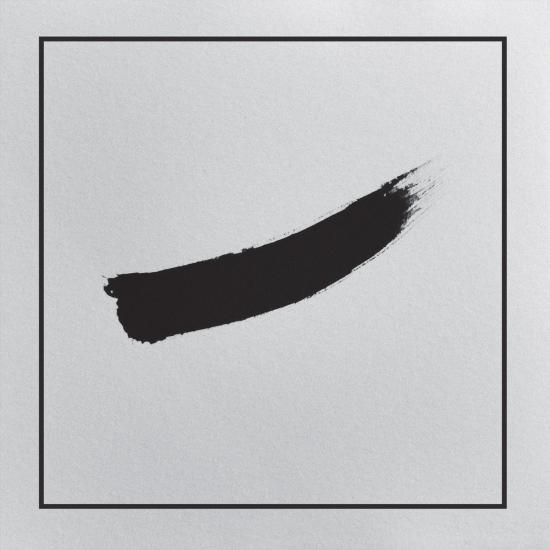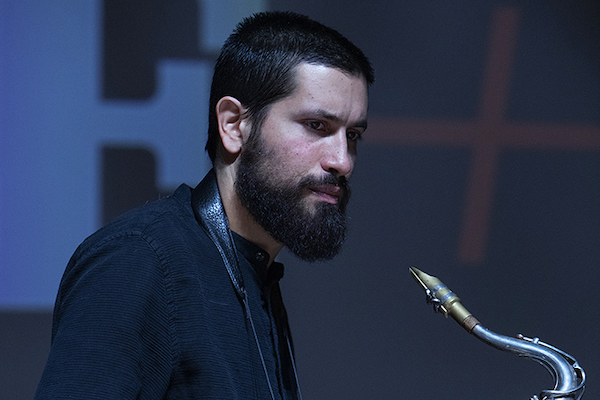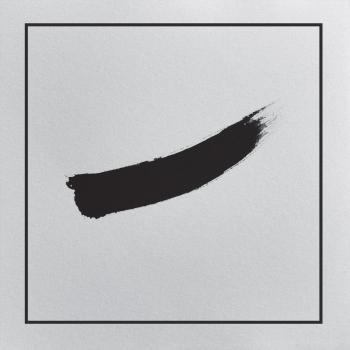
Kailasha Ganesh Geymeier
Album info
Album-Release:
2020
HRA-Release:
15.05.2020
Album including Album cover
- 1Kailasha (For My Mother)08:57
- 2Even If It Is so Far Away04:58
- 3Shiva’s Home (For My Father)05:09
- 4Broad (For My Souls)09:52
- 5And So I Walked Down02:20
- 6Sometimes I Can’t Read Between the Lines03:57
- 7Aryvartha (For My Sisters)06:40
- 8The Three Stages of Kalachakra03:09
- 9The King Will Arrive at the Last Moment (Before We Throw up Our Hands)07:34
- 10Are You Afraid of Your Gods04:42
- 11It Was Yesterday04:14
- 12Evidently She Was07:28
Info for Kailasha
This music was composed when my son was born. The fact of becoming a dad and being responsible for someone else as well as learning life from him in the same way that a student towards his master is learning, was a very humbling experience that led to this sound in a sense.
The main focus was to create something contemplative and introspective in the same state of mind that I was in while composing. I like to see that period of time as a kind of pilgrimage.
The text that follows is a vision of that imaginery pilgrimage to a sacred place and at the same time the travel inside oneself to discover something similar. That album is kind of the soundtrack of that story.
Kailasha, Sanskrit term that was given to a mountain in the chain of the Himalayas.
In Sanskrit this term means Crystal. In Tibetan it is called Gang Rinpoche which means "jewels of snow". It is shaped like a pyramid and represents for Hinduists and Buddhists the axis of the world, the backbone of the universe as a divine pyramid.
There are many legends and mysteries about this place, which enhances the charisma of this mountain.
Kailasha or Gang Rinpoche for Tibetans can also be translated as "guru mountain", because of its acting as a teacher for those who have ears for it. A legend says that the mere fact of approaching this mountain would have an aging effect on human beings.
Throughout history, the valleys and caves of Kailash have hosted many Indian and Tibetan hermits and yogis like Milarepa; legendary figure who spent 10 years in a cave near Kailash, feeding himself only on fresh water and nettle.
The legend tells that during his meditation Milarepa is disturbed by a horde of terrifying demons. He tries to drive them away by magic and prayer. But that does not change anything, the demons make fun of him. He then remembers that “all appearances are projections of the mind”. To consider these demons as external to him is just an illusion. Overcoming his fear he accepts their presence and says to them: "if you want my body, I will offer it to you, life is transitory" This attitude of deep compassion soothes the demons who suddenly disappeared.
It is very difficult to get to this mountain because of its isolation and the journey to reach it is already considered a pilgrimage, an initiation path to which you are never certain to arrive or come back from it. Everything could be about karma, or letting go.
The great Tibetan masters tell us that on this mountain, there is a secret door that connects this world to the whole universe and that each vow emitted on this place will resonate beyond space and time. In spite of the changes of mentality and modernity, the mountain has always been a source of dreams, even fantasy ... Some surprising theories have recently appeared. According to some people, Mount Kailash is a gigantic pyramid hiding a city-monastery. For others, the door to Shambhala. For several millennia Mount Kailash remains an object of fascination.
In Sanskrit Shambhala means "place of peace" or "place of rest". It refers to a mythical country evoked by ancient texts such as Kalachakra tantra and the ancient texts of the Zhang Zhung tradition, which preceded Tibetan Buddhism.
In Buddhist mythology Shambhala is a depository of the Kalachakra teaching which was transmitted by the Buddha at the request of King Suchandra. According to the 14th Dalai Lama it is a pure land that can not be located on a map. And only those who have acquired the proper karma have access to it.
In many traditions this country is mentioned under different names.
Hindus call it Aryvartha, Land of Merit.
The Chinese know it as Hsi Tien, the Paradise of the West.
And for Russians under the name of Belovoyde.
The text of Tantra Kalachakra illustrates Shambhalla under 3 different levels:
1 - the physical level (as the body of a physical person)
2 - the inner level (we understand this level as the spirit of a person)
3 - the alternative level (we could interpret this level as the meditative state of a person)
The concept of shambhala prophesies the gradual deterioration of humanity as the ideology of materialism spreads around the world. And then comes the confrontation of the king of Shambhala with the dark forces.
These dark forces could be interpreted as inner disturbances as well, and this war of Kalachakra tantra could refer to our inner struggle to find answers in our lifes sometimes.
Here we are in the center of this mountain, in the center of oneself.
Alone with our beliefs, values and principles, while perhaps some of them no longer make sense where we are. - Ganesh Geymeier
Estelle Beiner, violin
Delphine Touzery, violin
Stephanie Park, violin
Eléonore Giroud, violin
Domitille Jordan, cello
Barbara Gasser, cello
Sara Oswald, cello
Lionel Friedli, drums
Fabien Iannone, bass, double bass, synth, piano
Ganesh Geymeier, sax, synth piano, computer

Ganesh Geymeier
aus Lausanne, geboren 1984, gehört zu den gefragtesten Saxophonisten seiner Generation. Fern aller Stereotypen entlockt er seinem Instrument, meist dem Tenorsaxophon, geerdete und kraftvolle Töne und gibt ihnen stets die nötige Zeit zur Entfaltung. Er arbeitet mit Elektronik, war und ist in vielen Projekten unterwegs wie «Bad Resolution» mit Christophe Calpini oder seinem neuen Ganesh Geymeier Trio.
This album contains no booklet.











